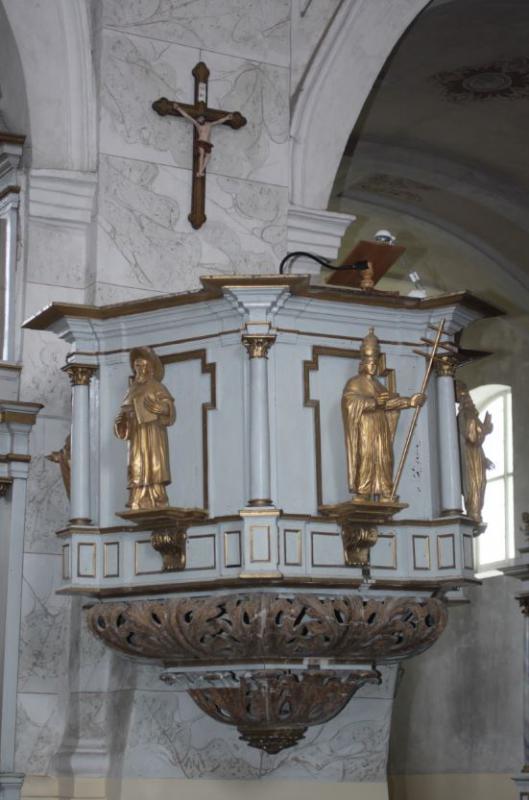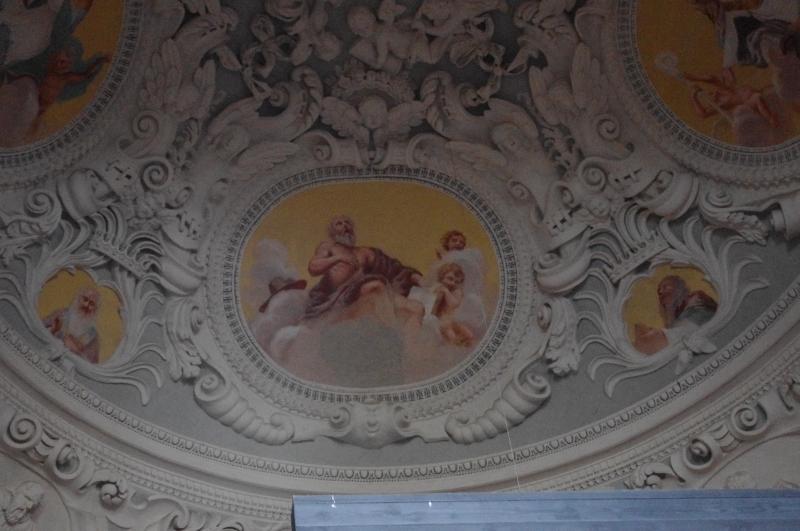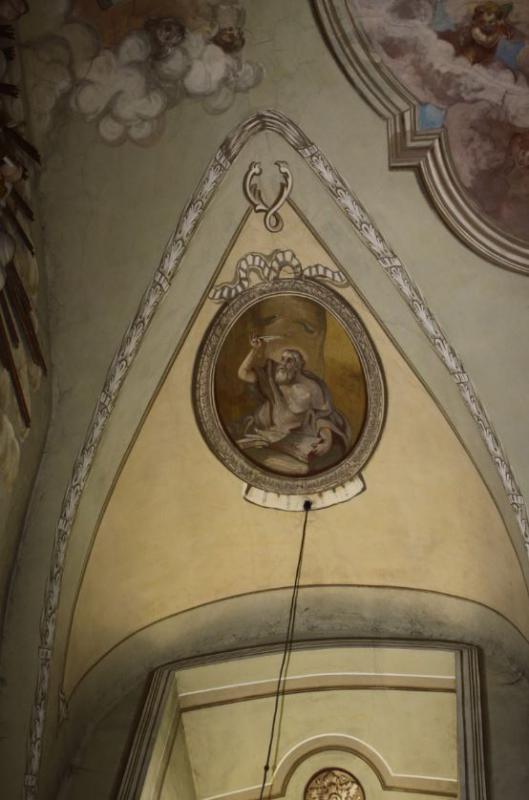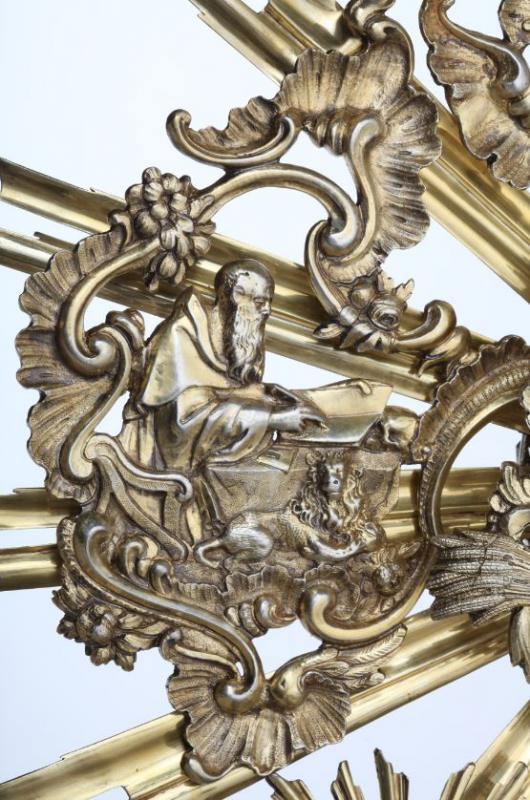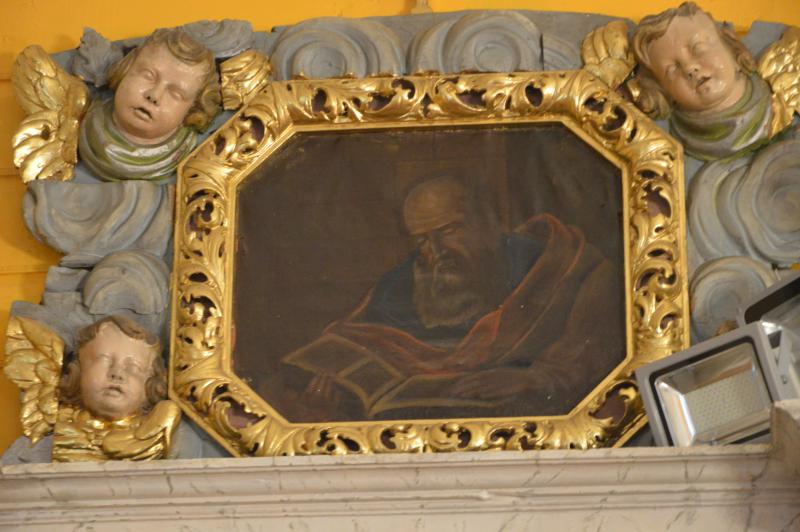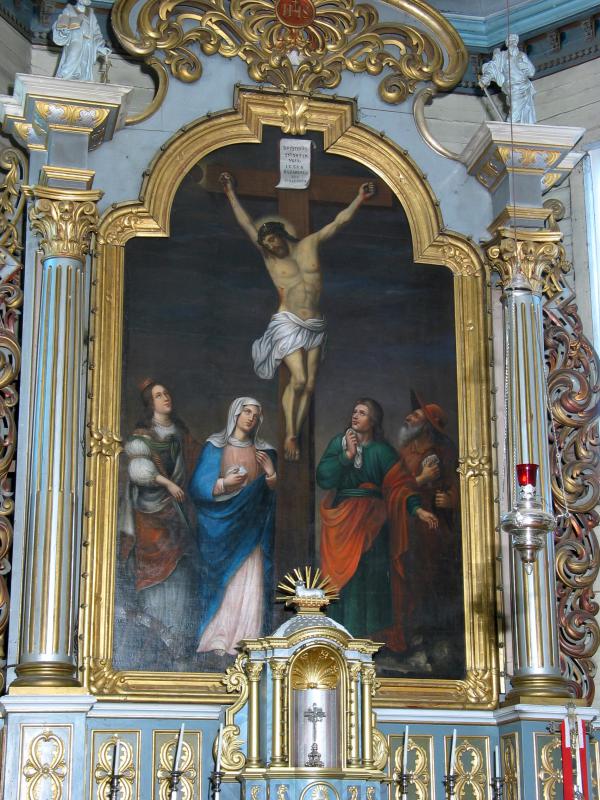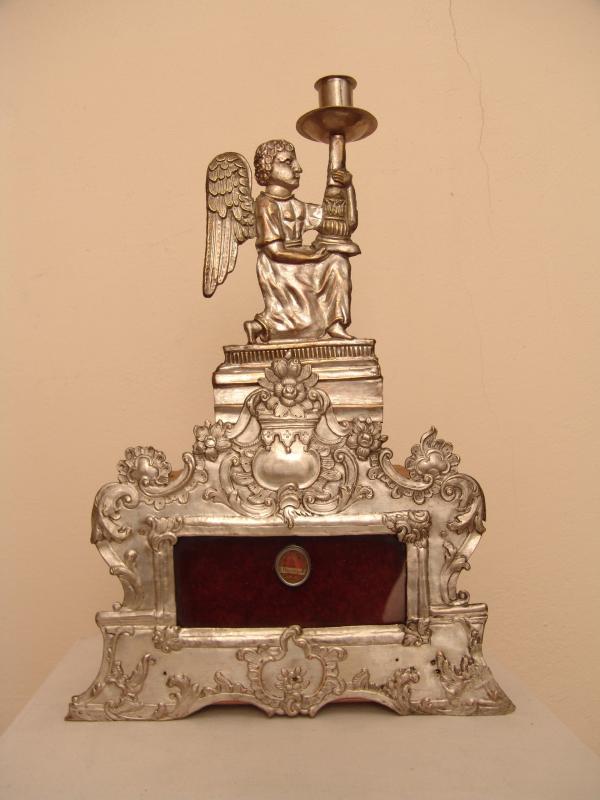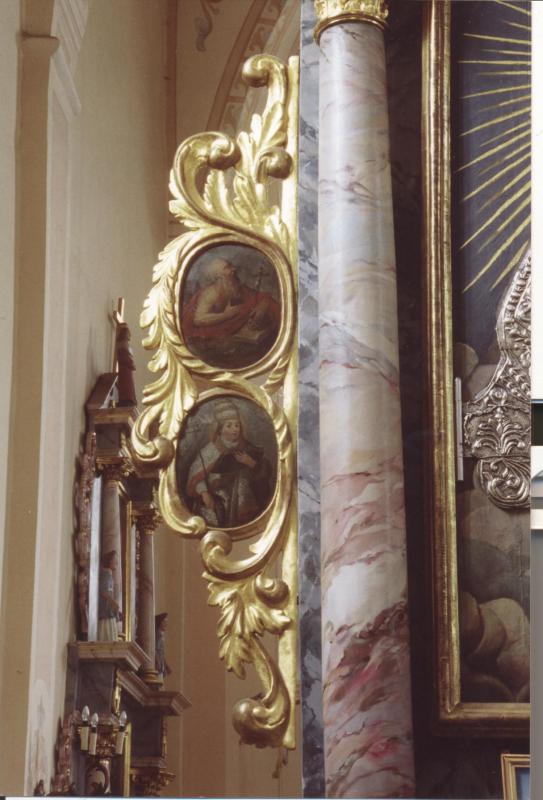St. Jerome in Lithuanian Churches and Folk Devotion
St. Jerome has never been a popular saint in Lithuania, even though his works and images have been of great significance on the road to Christianization of the Lithuanians. Numerous early images of St. Jerome decorating churches or kept in collections owned by nobility have been lost. Even though there is nearly no evidence as to the folk worship of the Saint, two of the 47 copper-engraved devotional images with Samogitian captions produced in 1826–1831 in the engraving workshop of the Salantai parish priest, publisher and graphic artist, Stanislovas Čerskis SJ (1777–1833), feature the celebrated translator of the Vulgate.
Images of St. Jerome as an older but hale grey-bearded man can be seen in the churches formerly belonging to monasteries or other churches containing a wealth of iconographic materials. As usual in the iconographic tradition, the Saint wears a cardinal’s robes (for example, a sculpture in the Joniškis church or a chalice from the Vilnius Cathedral). Although this ecclesiastical rank did not exist at his lifetime, St. Jerome has been depicted as a cardinal in honor of his services to the church. However, another representation is prevalent in our churches, that of a repenting ascetic in the clothes of a hermit (for example, paintings in the Alsėdžiai or Ukmergė churches, a sculpture in a side altar in Šiluva), tortured by visions (a painting in the Marijampolė Basilica of St. Michael the Archangel or a 19th-century reworking of a Guercino painting in the Tryškiai church.). He is frequently seen beating at his bare chest with stone (for example, in paintings in the Merkinė and Linkuva churches), an image that symbolizes the personal piety of St. Jerome and has already become a symbol of repentance. The images of the saints are always accompanied by such symbolic attributes as a lion, a skull and a book, and, in some instances, a scroll (a sculpture in the Skaudvilė church). The scenes depicting his visions also include angels or merely the trumpet of the Last Judgement (as in a painting from the Krekenava church).
The images of St. Jerome found in churches often depict him in the eminent company of three other creators of the Christian doctrine, the doctors of the Roman Catholic church. The placement of this pious quartet, the Saints Gregory, Augustine, Ambrose and Jerome, is important ideologically: in altar retables (sculptures in the Vilnius churches of Holy Spirit and St. John; a painted tondo, in the Joniškis church,) or pulpits (sculptures in the Telšiai and Varniai cathedrals, in the Traupys, Videniškiai, and Panevežys Marian Fathers’ churches). Images of the Church Fathers are also painted in church frescoes– St. Jerome can be seen on the wall frescoes of the Pažaislis and Jieznas churches, the Vilnius churches of the Holy Spirit and St. George. In the second half of the 18th century, the Vilnius goldsmith Jonas Laris created monstrances (for the Vilnius Church of St. John and the Dukštos church) decorated with raised relief portraits of Church Fathers, where St. Jerome is depicted as an intellectual working at the desk. There are more artworks reflecting the literary and scientific inclinations of St. Jerome, such as paintings located in the Marijampolė Basilica of St. Michael the Archangel or the altar of the Imbradas church. Some ecclesiastical artworks show St. Jerome as a benefactor; for instance, he is featured in the Crucifixion composition depicted in the central painting of the grand altar of the Plokščiai church, funded in 1670 by the Grand Treasurer of Lithuania, Hieronim Kirszensztein.
V. Balčyčio nuotr., 2009, Lietuvos kultūros tyrimų institutas.
V. Balčyčio nuotr., 2009, Lietuvos kultūros tyrimų institutas.
K. Stoškaus nuotr., 2013, Lietuvos nacionalinis muziejus.
Mečislovo Sakalausko nuotr., Lietuvos kultūros tyrimų institutas.
A. Petrašiūno nuotr., 2002, Kultūros paveldo centras.
A. Baltėno nuotr., 1993, Lietuvos kultūros tyrimų institutas.
L. Prascevičiūtės nuotr., 2018.
A. Petrašiūno nuotr., 2011, Kultūros paveldo centras.
R. Vaitkaus nuotr., 2012.
Ž. Vanagienės nuotr., 2018, Kultūros paveldo centras.
A. Petrašiūno nuotr., 2011, Kultūros paveldo centras.
A. Petrašiūno nuotr., 2011, Kultūros paveldo centras.
A. Petrašiūno nuotr., 2011.
A. Petrašiūno nuotr., 2011, Kultūros paveldo centras.
A. Petrašiūno nuotr., 2005, Kultūros paveldo centras.
A. Baltėno nuotr., 2011, Bažnytinio paveldo muziejus.
A. Valtaitės-Gagač nuotr., 2018.
V. Balčyčio nuotr., 2006, Lietuvos kultūros tyrimų institutas.
A. Petrašiūno nuotr., 2001.

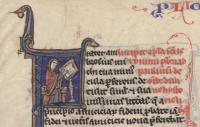
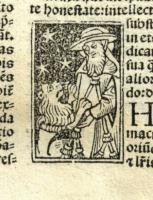
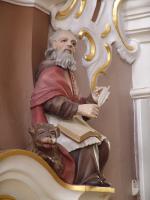
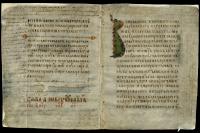
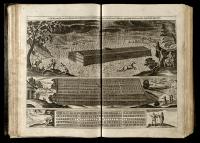
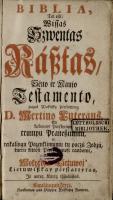
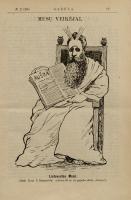
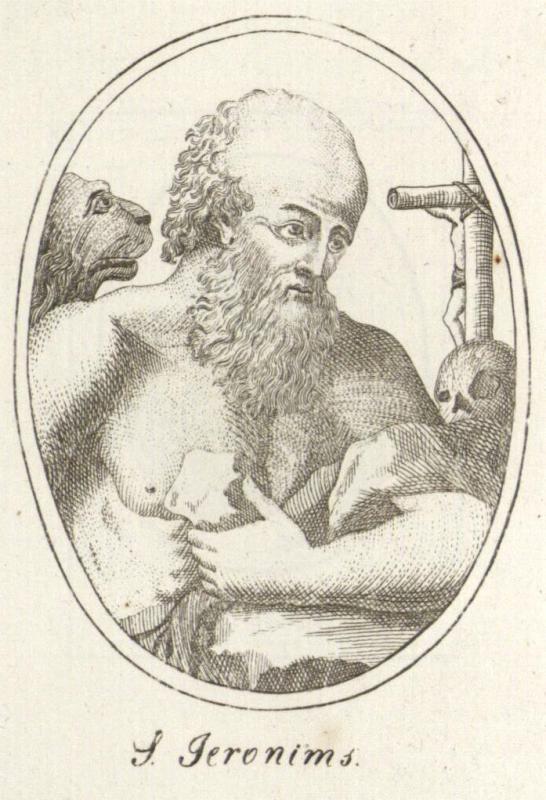
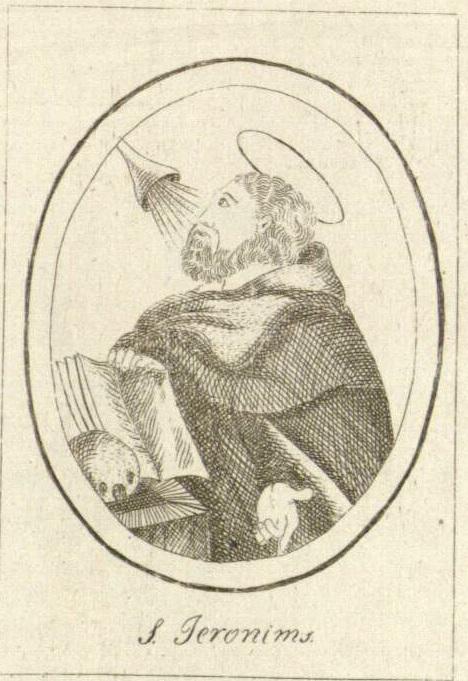
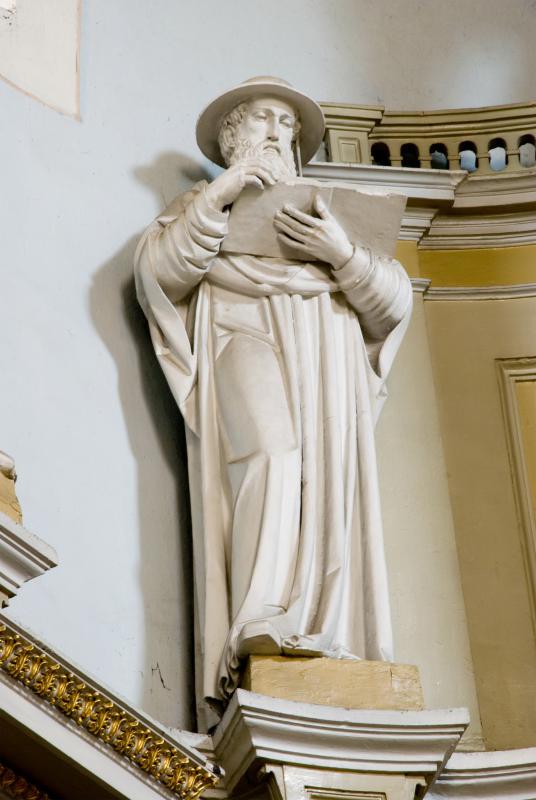
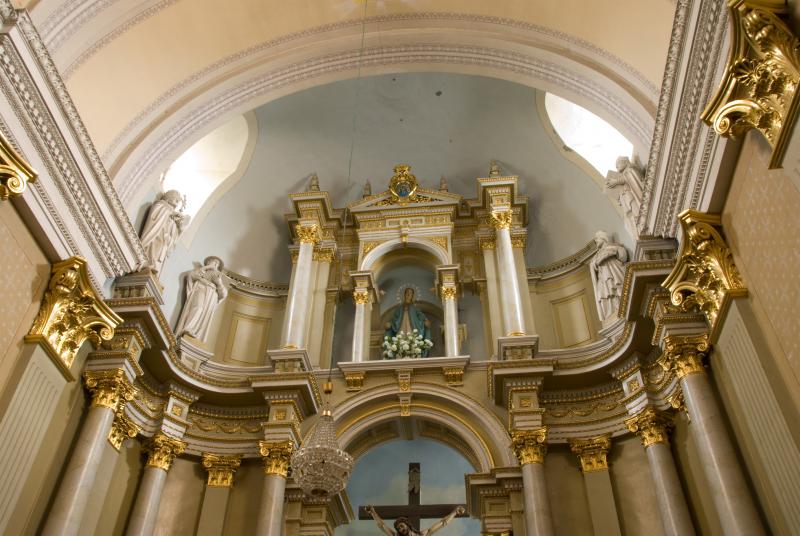
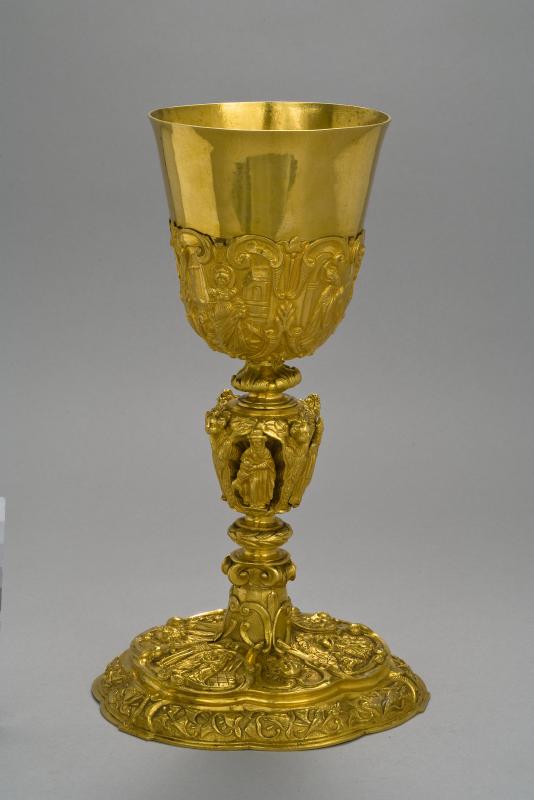
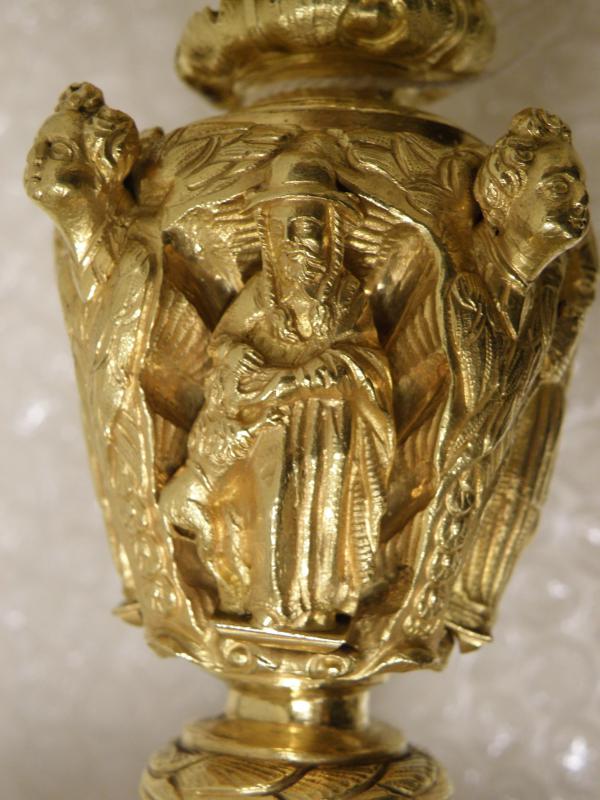
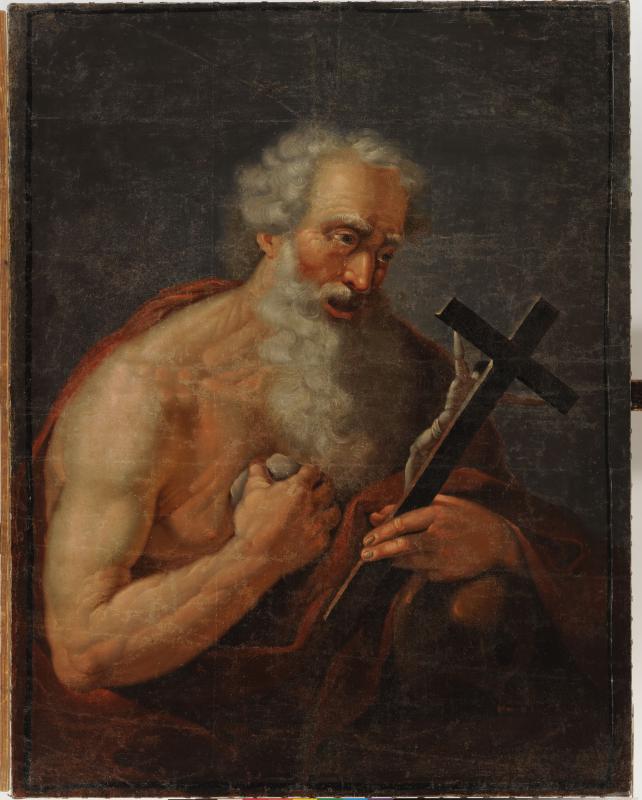
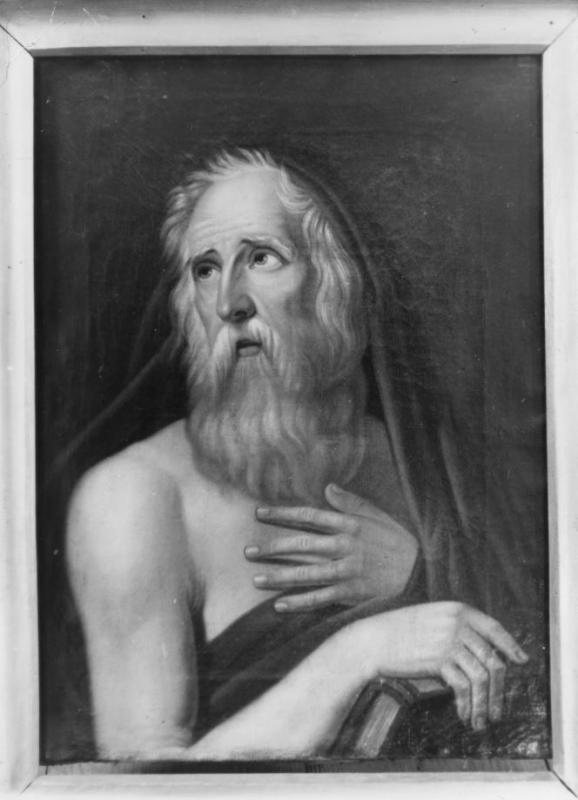
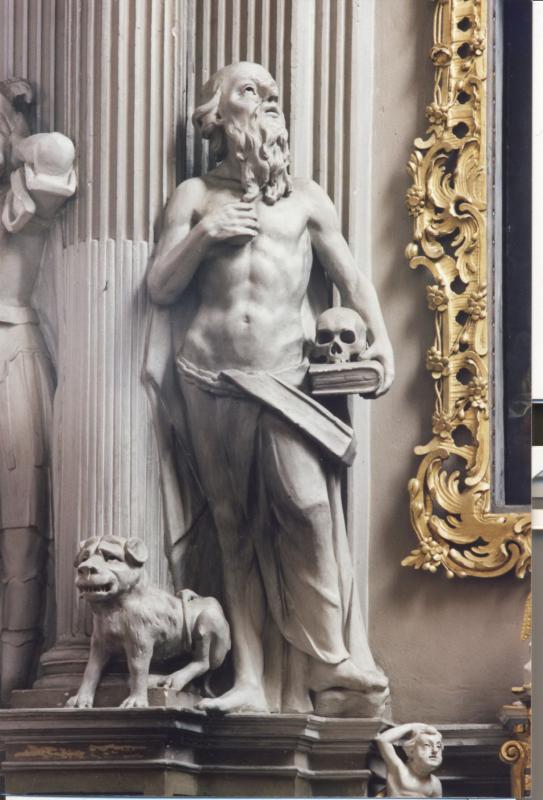
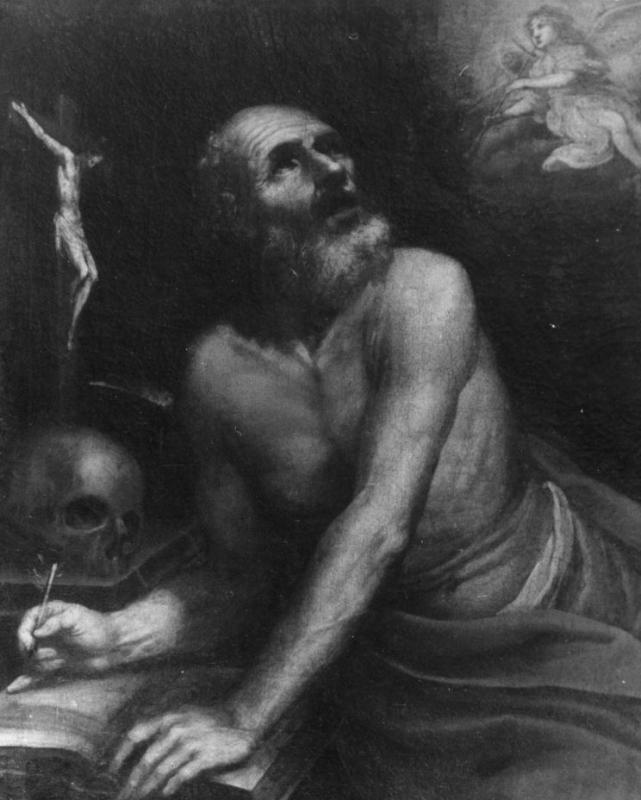
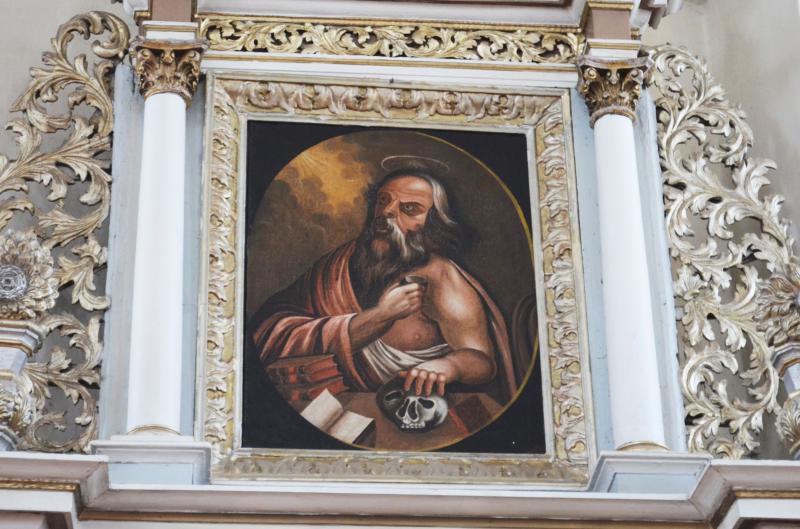
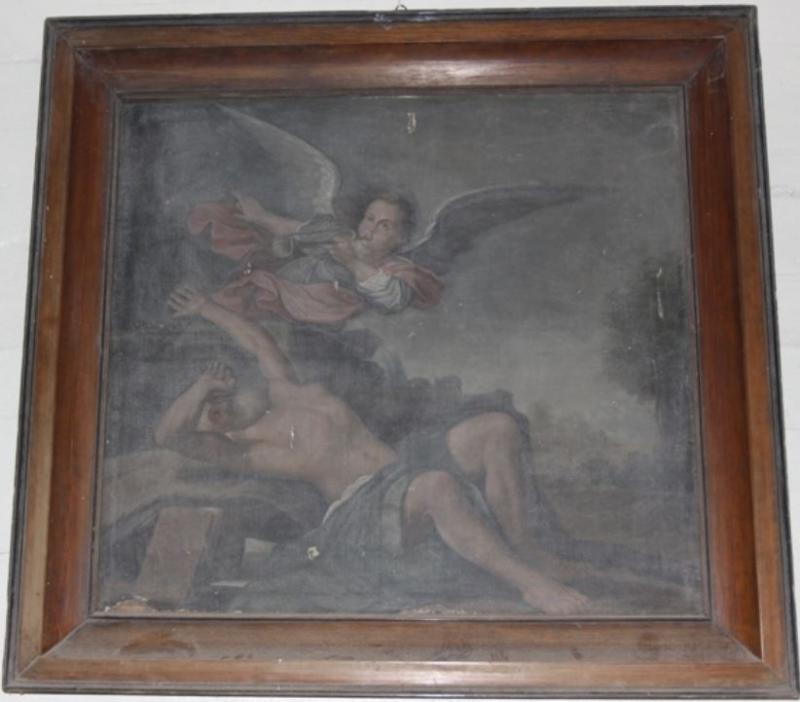
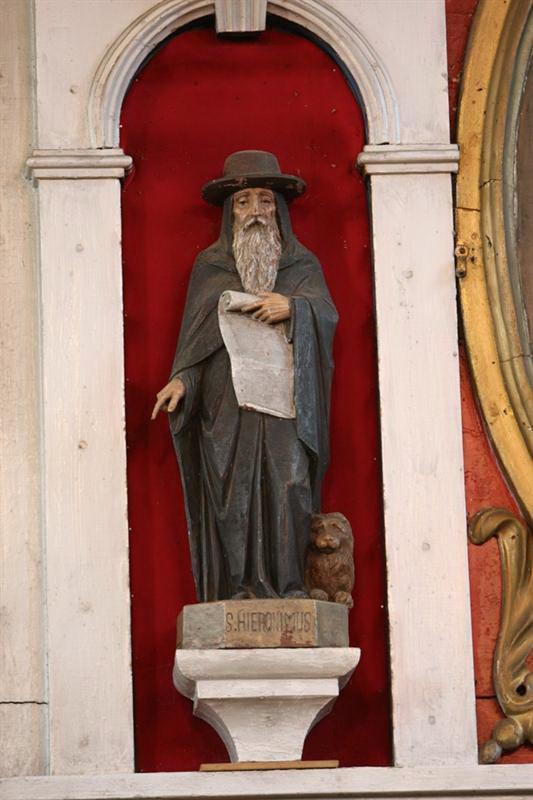
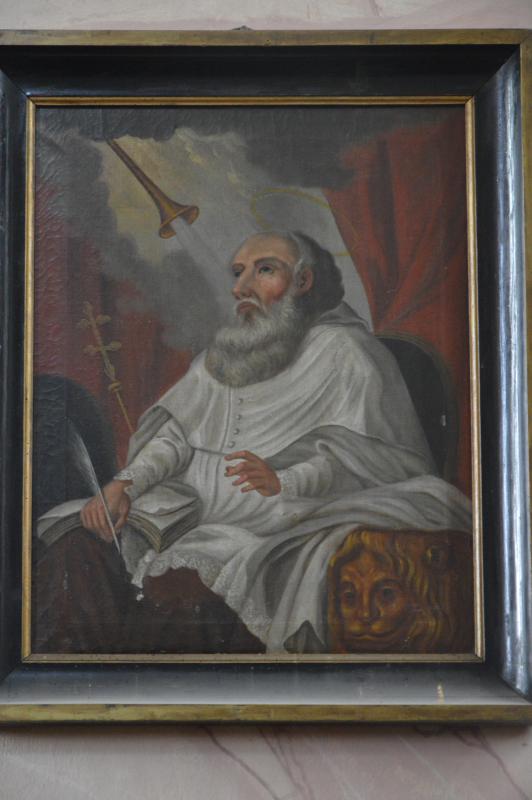
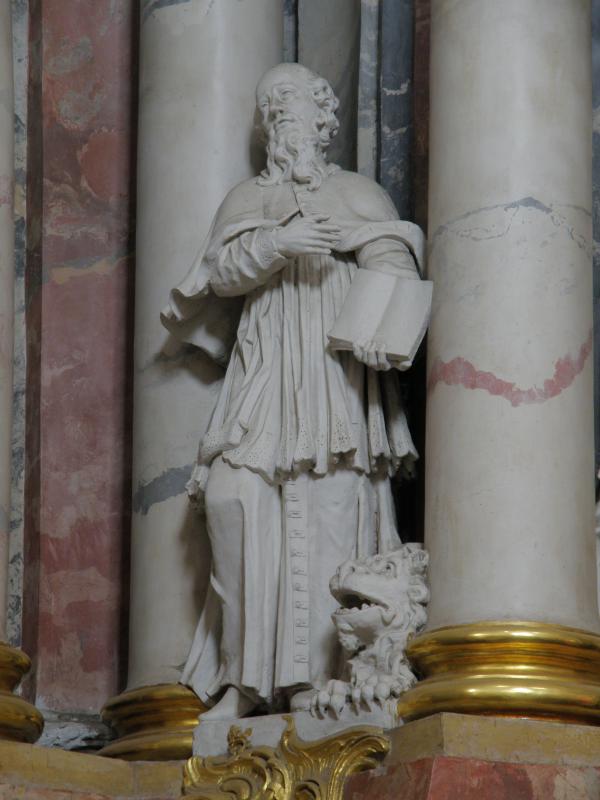
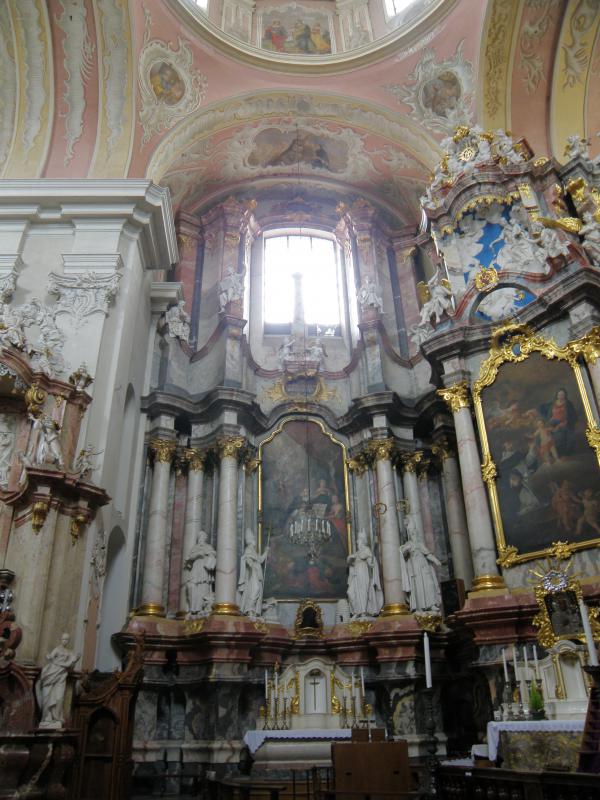
![[Jurgis Mažeika]. Sakyklos skulptūra Šv. „Jeronimas“, XVIII a. II p. [Jurgis Mažeika]. Sakyklos skulptūra Šv. „Jeronimas“, XVIII a. II p.](http://web6.mab.lt/files/large/1b5851a3f8690e3b6cd8bc14e5da4f496deb121d.jpg)
